Many aspire to become Paramedics, driven by the noble calling to aid those in need. Polls tell us that EMS clinicians are highly valued in the community and respected by fellow citizens. However, there is growing concern that we face workforce challenges in EMS in many communities across the United States.
These workforce concerns we face are fueled by the discussion of having more students complete EMS educational programs and, in turn, more clinicians providing direct patient care. A recent study by the Committee on Accreditation of Educational Programs for the Emergency Medical Services Professions (CoAEMSP), in collaboration with the National Registry of Emergency Medical Technicians, found that 21% of paramedic students were lost from the potentially available workforce due to attrition, or not completing the paramedic program. This finding signals that attrition from paramedic educational programs represents a significant barrier among the interventions sought to help stabilize the workforce.
Researchers examined data from 640 accredited paramedic educational programs with students enrolled in 2019. Of those enrolled, only 69% obtained certification as a paramedic. Attrition accounted for 21% of the students exiting the potential workforce. Not passing the certification examination accounted for an 11% loss of workforce.
“The National Registry is taking a comprehensive look at the workforce, from educational programs to job satisfaction – even our certification examination,” said Bill Seifarth, CEO and executive director of the National Registry. “For several years, we have heard anecdotes and theories. It was time for a thorough look at what really was happening.”
“To be clear, this is not a solitary study,” said Dr. Ashish Panchal, the National Registry’s research director and one of the study’s authors. “For the past several years and the foreseeable future, our research team has invested heavily in analyzing the EMS workforce. This is deeper than a simple conversation. We are letting science guide us to potential answers and solutions.”
Researchers say this study serves as a foundation for further studies.
“There is more work to be done,” said Seifarth. “Rather than point fingers at what or who may be to blame, we need to find solutions and answers that will help us strengthen EMS. I am proud of the work our team is doing in conjunction with the larger EMS community and other researchers.”
The peer-reviewed Paramedic Educational Program Attrition Accounts for Significant Loss of Potential EMS Workforce was authored by Matthew Ball, MD; Jonathan Powell, MPA, NRP; Christopher Gage, MHS, HRP; Katelynn A. Kapalo, PhD; Jordan Kurth, PhD; Lisa Collard, AS; Michael G. Miller EdD, RN; and Ashish Panchal, MD, PhD. It was published earlier this year and is now available publicly through the Journal of the American College of Physicians.
LINK TO STUDY: https://www.ncbi.nlm.nih.gov/pmc/articles/PMC10080203
Media Contact:
Shane Cartmill
Public Relations and Media Manager
scartmill@nremt.org

